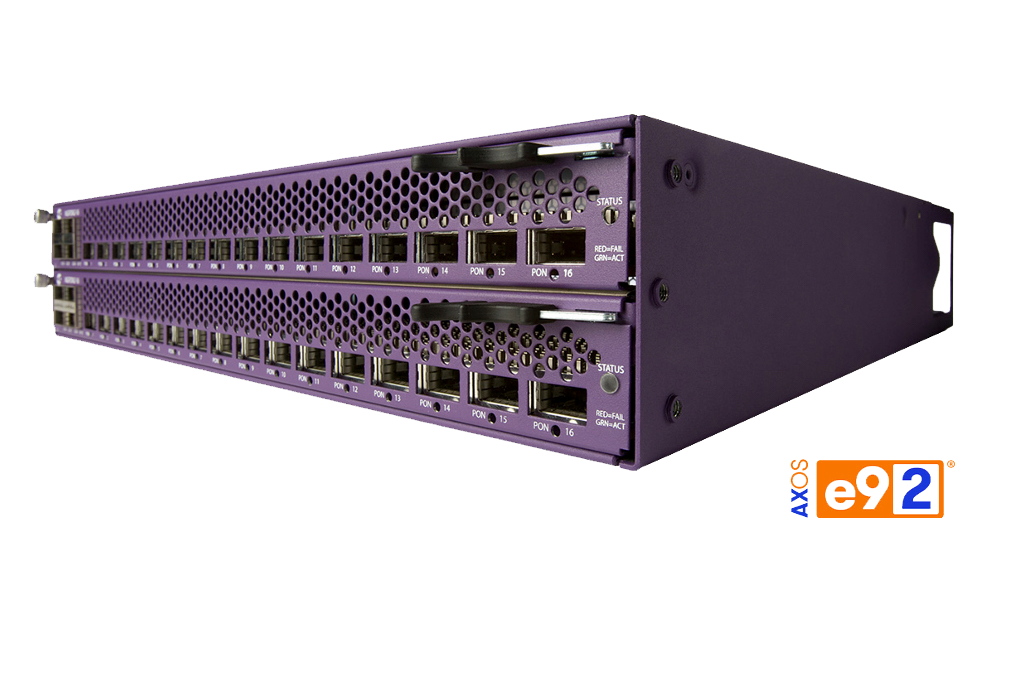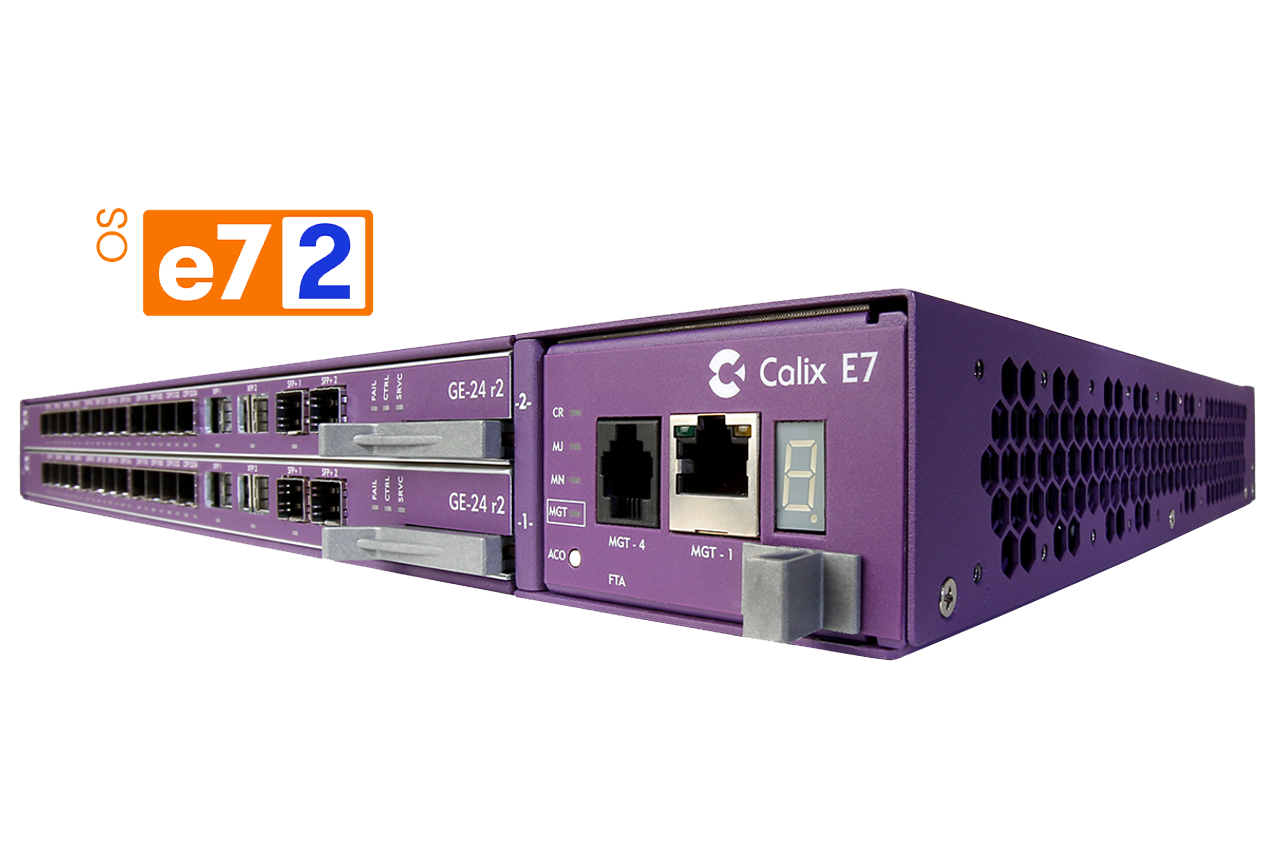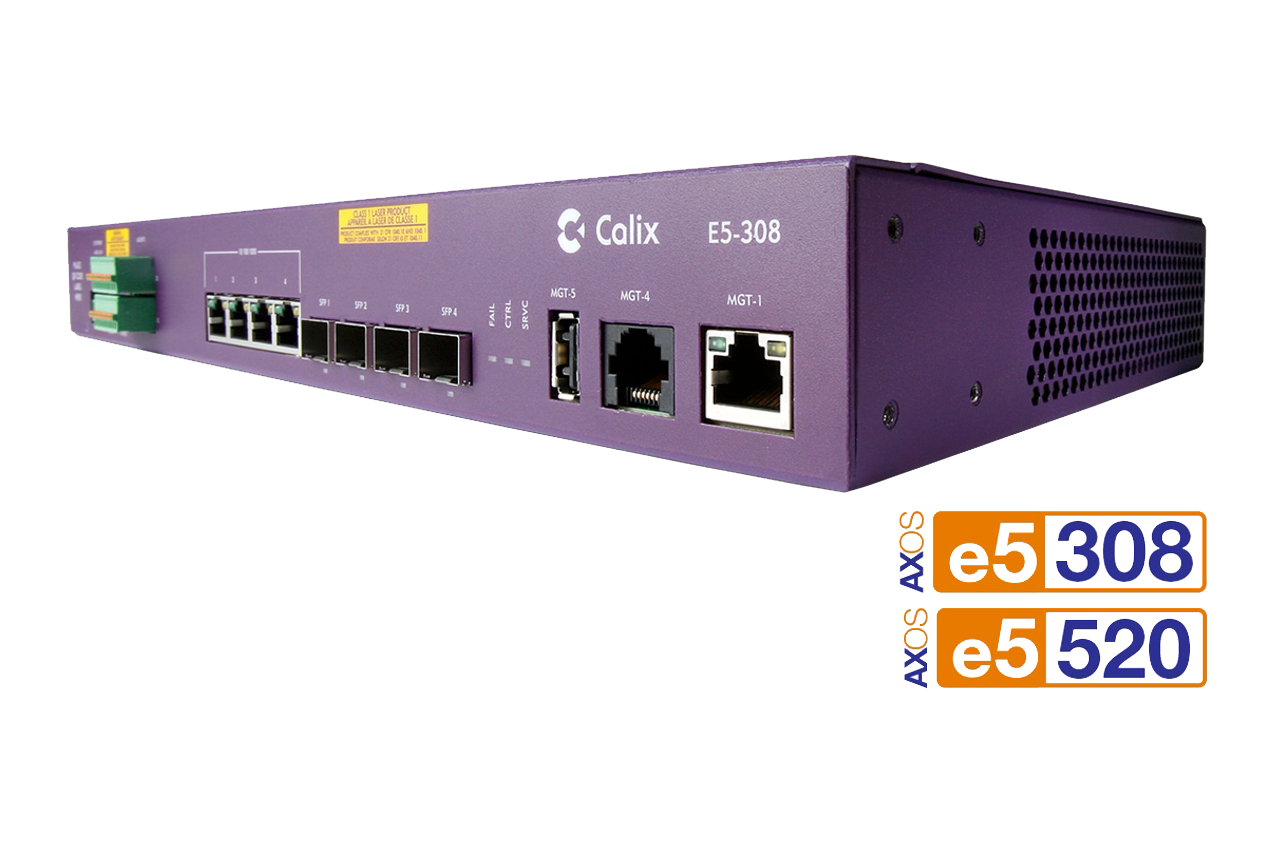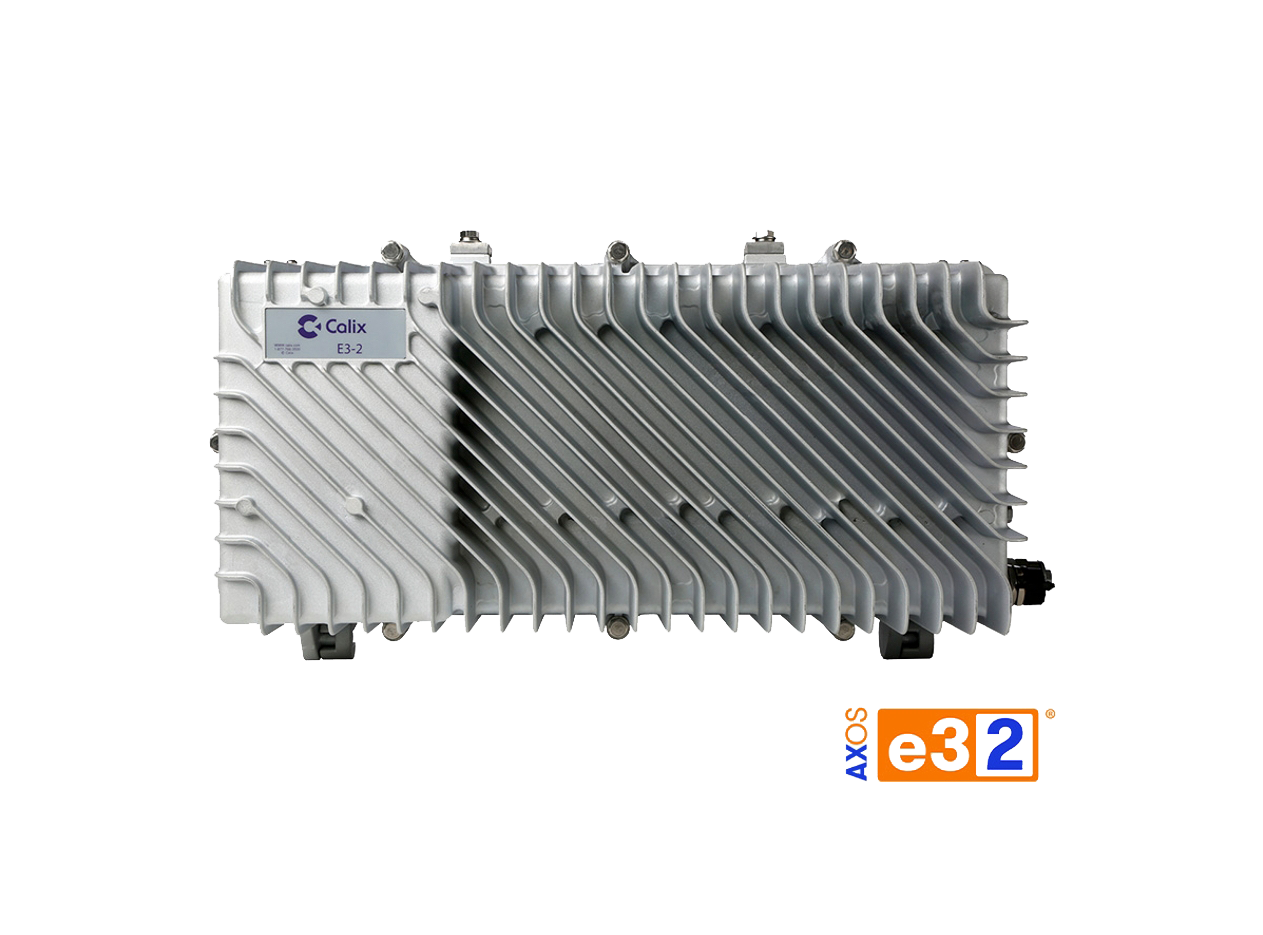GPON technology
GPON delivers fiber to the home and business
What is GPON? GPON is Gigabit Passive Optical Network (GPON) and it is the leading fiber access technology for delivering gigabit Internet services to residential and business subscribers. An all-fiber technology, GPON is used to build Fiber to the Premises (FTTP)—also known as Fiber to the Home (FTTH)—networks that connect subscribers to the local ISP serving office.

Technology detail
How do I know that GPON is right for my network?
GPON (Gigabit Passive Optical Network) is a point to multipoint technology than connects an Optical Line Terminal (OLT) to many Optical Network Terminals (ONTs) or Optical Network Units (ONUs). A GPON network utilizes passive splitters between the ONT and ONT to split the wavelength so all ONTs on the fiber can see it.
The GPON standard specifies up to 128 splits can be on a single GPON port, but traditional GPON deployments use 1:32 or 1:64 way splits. GPON uses separate wavelengths to transmit and receive traffic (1490nm in the downstream and 1310 in the upstream directions). The OLT broadcasts all traffic downstream to every ONT on the PON (passive optical network) and each ONT only reads the content that is addressed to it. Encryption is used to prevent ONTs from eavesdropping on traffic not addressed to them. In order to ensure upstream traffic from the ONTs does not collide on the PON, the OLT coordinates transmission from the ONTs using time division multiplexing (TDM) such that ONTs will only transmit in their assigned timeslots.
The key to the widespread adoption of GPON is its remarkable flexibility. GPON delivers RFP video and IPTV, TDM voice and VoIP. It can also deliver symmetric 10/100/1000 Ethernet and TDM or PWE3 (Pseudowire Emulation) based T1/E1 services.
The flexibility with GPON continues with how the service provider can lay out the network. For instance the split ratio can be very low allowing for longer distances (as high as 40km) and more bandwidth per subscriber or the split ratio can be up to 128 splits enabling more subscribers over shorter distances. Techniques like DBA (dynamic bandwidth allocation) are included in GPON to enable subscribers to get more bandwidth as needed and free up unused bandwidth for other subscribers.
ONTs are installed at the subscriber premises. Residential ONTs have been traditionally installed on the outside of the home, but in recent years the trend has been to install them in a central location inside the home. The ONT is the demarcation point of the GPON service and is connected to the OLT through the PON. The residential installations can have ONTs that include the home gateway/router, POTs (Plain Old Telephone Service) or VoIP (voice over IP) ports and Wi-fi functionality.
Prior to PON, broadband was delivered over the same copper lines used for POTs services. As copper loops age the amount of cost associated with maintaining the copper continues to increase. While fiber can be expensive to install, it has a lifespan longer than any services that we can anticipate will ride over it. Given its longevity and the fact that a PON network by its very nature is passive the OSP maintenance costs are typically reduced to the cost of repairs when a break in the fiber or a natural disaster occurs. In addition, new boring technologies are being developed to improve fiber installation costs and by burying the fiber likelihood of maintenance/repair costs are further reduced.
In addition, service providers that are fiber starved in the OSP can run a single fiber to a location and split it closer to the subscribers reducing the need for long diverse fiber runs. The total distance between the OLT and ONT can be as high as 40km by reducing the split ratio on the PON.
The combination of the passive network, point-to-multipoint fiber saving technology, and extended reach can save service providers thousands of dollars in outside plant cabinet and powering costs.
GPON conforms to the ITU G.984 standard which includes amendments for Extended Reach GPON. G.984 was developed to support higher data rates compared to earlier PON technologies like BPON and EPON. GPON also provides better QoS and scalability compared to its predecessor technologies.
With features such as DBA, GPON has become the solution of choice for Gigabit service providers worldwide. GPON has been defined in the standard to enable deployment of broadband services using Broadband Forum TR-156 Using GPON Access in the Context of TR-101 making it fully compatible with existing access networks worldwide.
The subscriber demand for bandwidth and an excellent experience continues to grow at a very high rate. Fiber is a technology that truly enables the speed of light in the OSP and therefore enables a service provider to future proof their OSP. GPON has a long life of ahead of it, because of its superior QoS and dynamic bandwidth allocation capabilities.
In addition, the ITU took great care in defining next generation PON standards to ensure that technologies such as XG-PON, XGS-PON and NG-PON2 would not overlap wavelengths with GPON or other capabilities like RF to ensure a network that will grow with service provider needs.
Trending topics
GPON news and insights
Products and services















